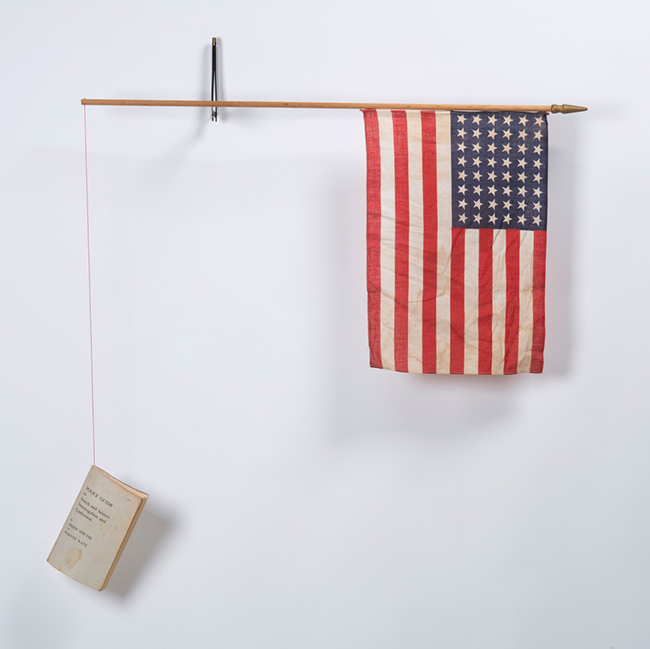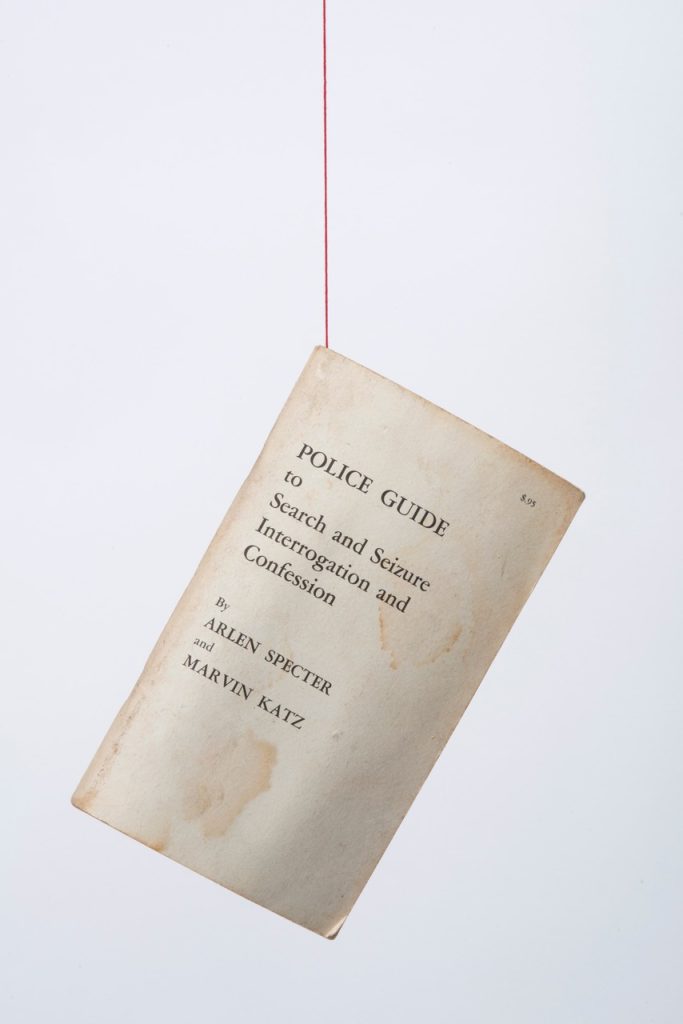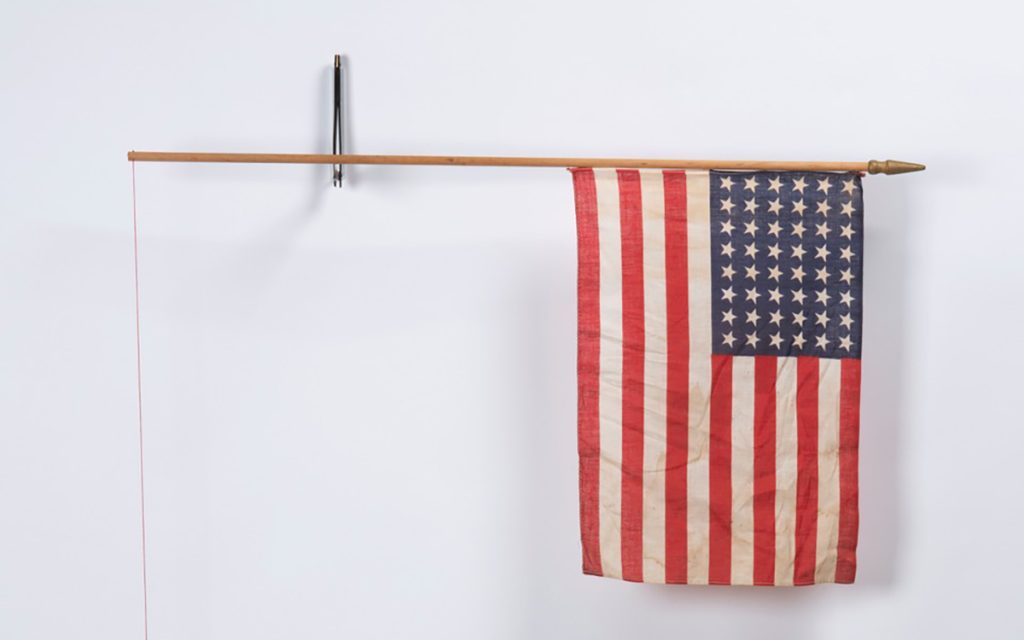Clint Imboden, born in 1953 in St. Louis, Missouri, has carved out a path in the Bay Area art world that feels both personal and universal. Now based in Oakland, California, he brings forward works that linger between nostalgia and social critique. Imboden’s practice takes shape in three-dimensional installations built from objects most people barely register in daily life—tools, toys, fragments of Americana. In his hands, they become vessels of layered meaning.

His education did not come through conventional academic routes alone but through a lifetime of observing, collecting, and reimagining. A vintage toy car may become a statement on industry and memory. A row of worn tools may tell a story of labor, identity, and value. Imboden’s art doesn’t push viewers toward easy answers. Instead, it urges them to pause and consider the role of common things in shaping cultural memory. He stands firmly in that space where the familiar becomes uncanny, and where discarded objects gain the weight of history.

The Work: “Balance”
One of Imboden’s most resonant works, Balance, speaks directly to the precariousness of democracy and the fine line that separates stability from collapse. The work is composed of vintage straight razors, each mounted perpendicularly to the wall. From these blades hang American flags, held in place not by the firmness of the razors but by counterweights that extend the composition outward.
The effect is immediate. The razors suggest danger, fragility, and the sharp edge upon which our institutions rest. The flags, iconic in their familiarity, carry both the weight of patriotism and the burden of expectation. But it is the counterweights that make the piece a living metaphor. They are not static; they imply motion, a push and pull, a tension that could shift at any moment.
Imboden has always gravitated toward objects that carry history in their surface. The razors, once practical tools, now stand for something larger—symbols of precision, threat, and the fine cuts that mark the line between order and disorder. The flags draped from them remind the viewer that democracy itself rests on systems no less fragile. The counterweights give form to unseen pressures: political forces, cultural divides, personal biases. Together, the elements build a picture of America’s precarious state.
Layers of Meaning
The genius of Balance lies in its accessibility. One does not need a background in political science to grasp the metaphor. The piece makes the viewer feel, almost viscerally, the knife’s edge on which democracy rests. Yet, for those who linger, the work offers subtler currents.
The use of vintage objects ties the piece to history. These razors, likely handled by barbers or tradesmen decades ago, carry the residue of hands, habits, and eras past. Their transformation into art underscores Imboden’s ongoing exploration of memory—how old things are never just old, but instead are living echoes of lives lived. By pressing them into service in this new role, he bridges the private world of grooming and labor with the public sphere of civic identity.
The flags, too, are not pristine. They are physical, weight-bearing, and therefore imperfect. Their placement reveals a tension between reverence and critique. They honor the symbol while exposing its fragility. The counterweights, in turn, invite speculation. Are they forces of balance, keeping the flags aloft, or forces of strain, pulling them down? Imboden leaves that choice with the viewer.
Nostalgia and Social Commentary
At the heart of Imboden’s practice is a belief that the objects of everyday life—especially those rooted in the past—can tell us about who we are now. Nostalgia is not for him a retreat but a lens. By recontextualizing toys, tools, and Americana, he forces the viewer to question whether the memories attached to these objects serve us or trap us. In Balance, nostalgia blends with unease. The razors whisper of another time, yet they also warn us that the comforts of the past cannot steady the present.
This balance between personal memory and collective reflection is what gives Imboden’s work its staying power. His art speaks in plain language: objects, arrangements, tensions. But within that simplicity lies a depth that resonates with viewers across backgrounds.
A Call to Reflection
Balance is not only a commentary on democracy; it is a broader meditation on how societies hold together. The work insists that the stability we take for granted is always provisional, always at risk of tipping. The straight razors, rigid yet sharp, demand respect. The flags, fluttering yet heavy, call out the ideals and contradictions of national identity. The counterweights, unseen forces embodied, remind us of pressures we cannot always control.
Clint Imboden doesn’t deliver solutions. He offers mirrors—objects assembled to reflect both history and possibility. Balance is an invitation to consider where we stand, what we value, and how we might prevent the fall.

